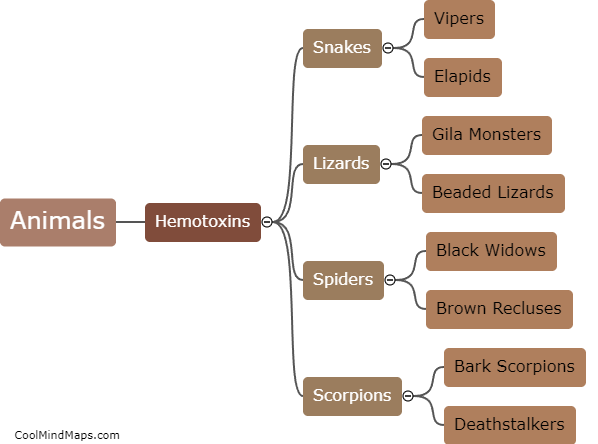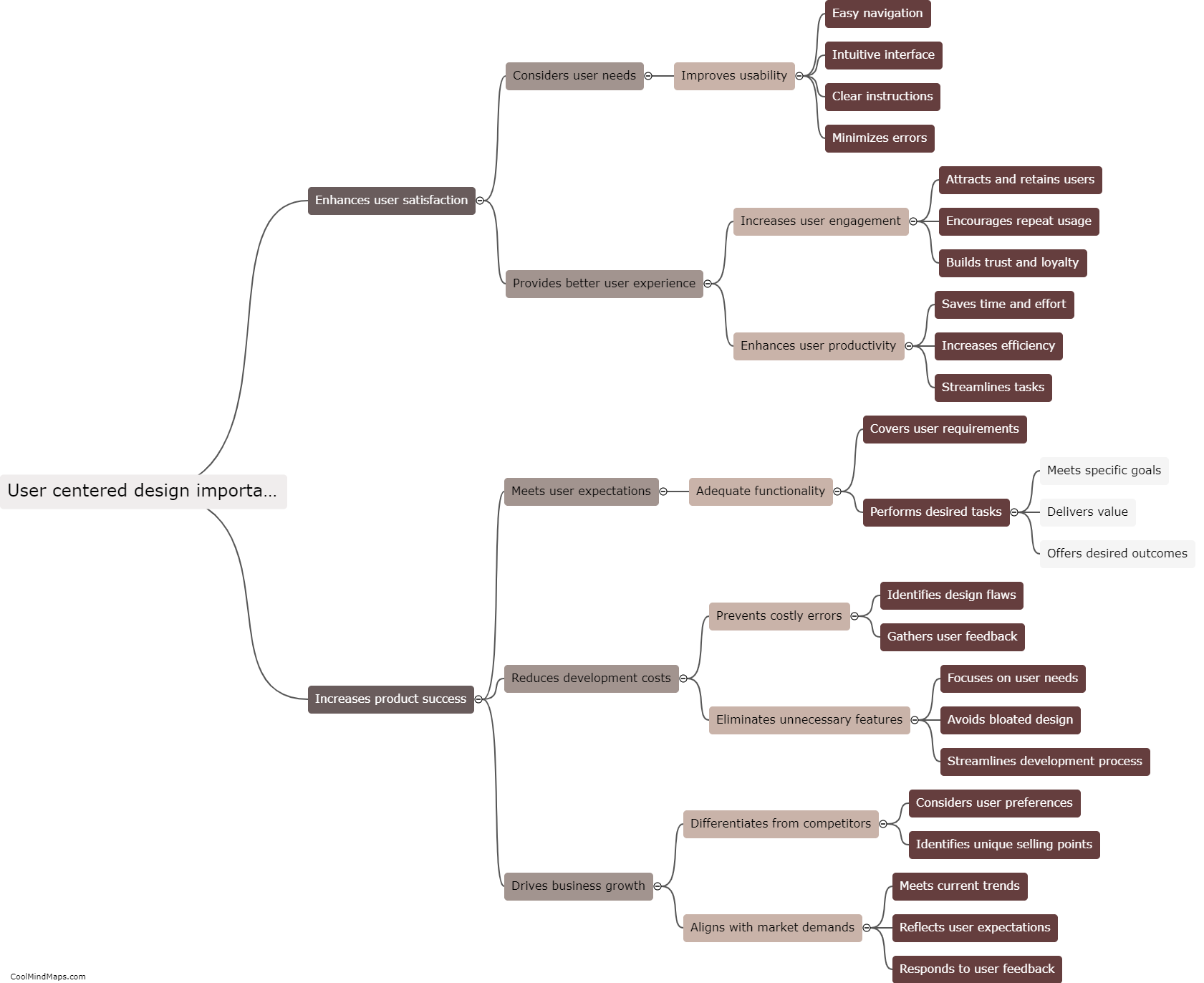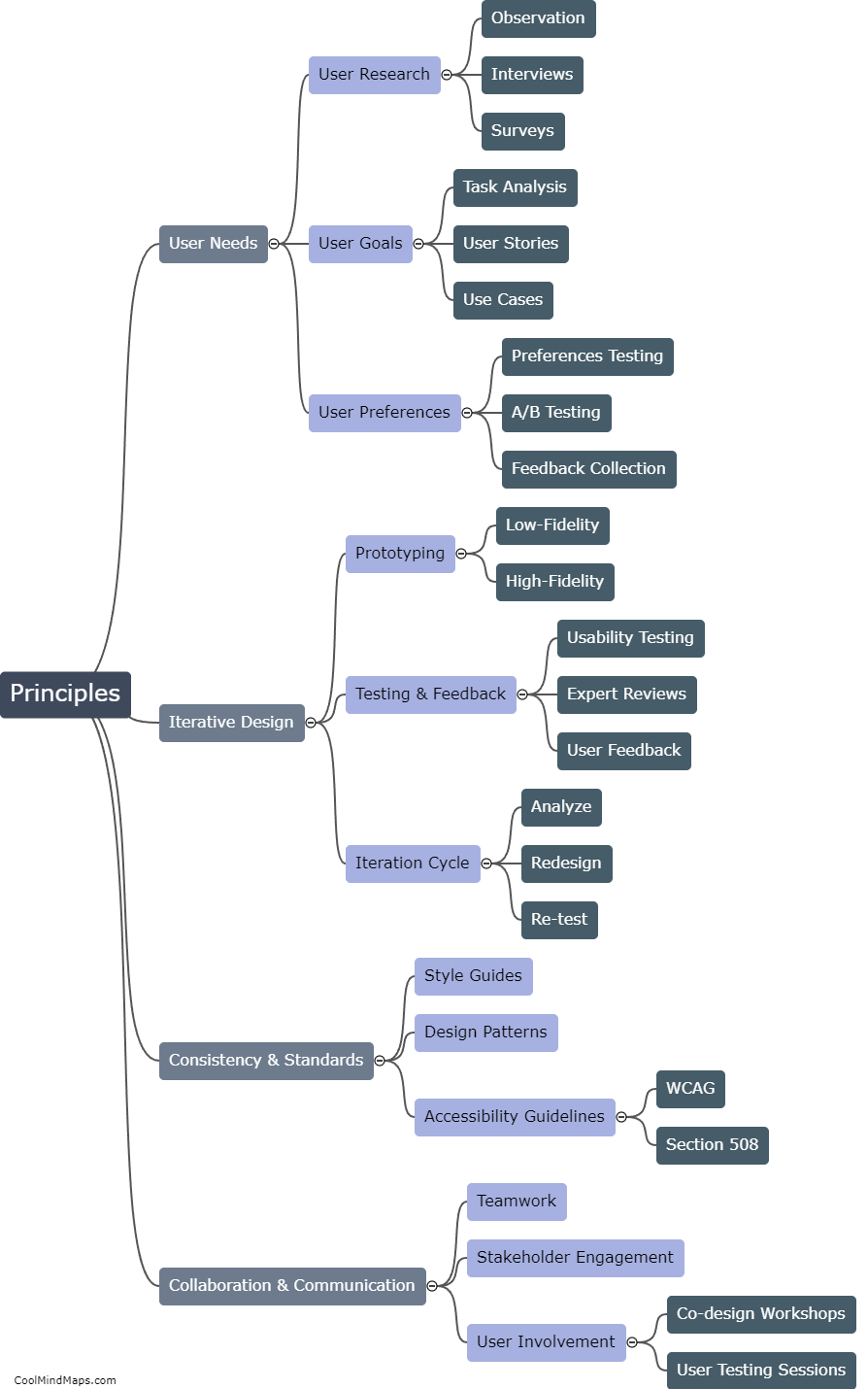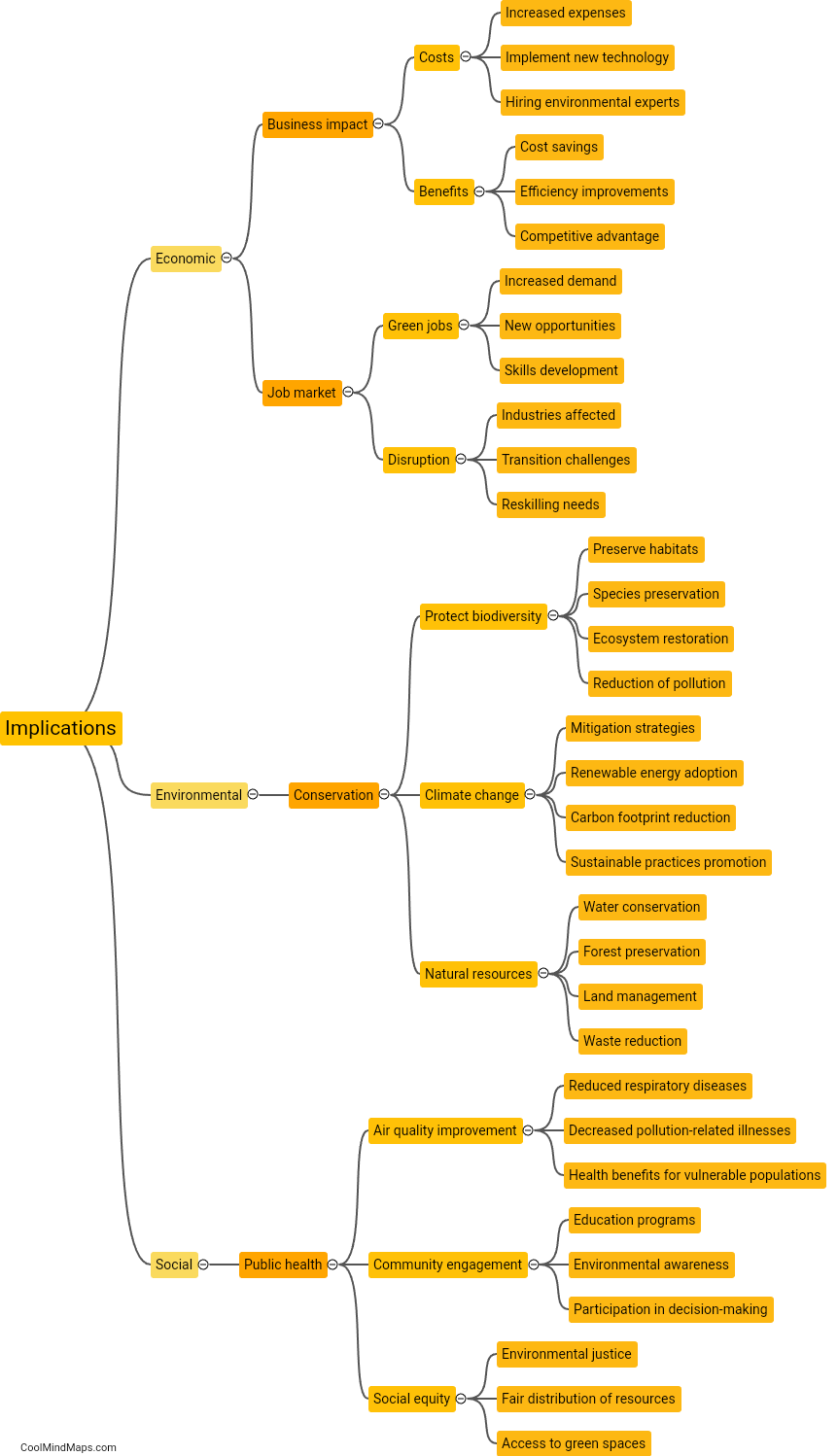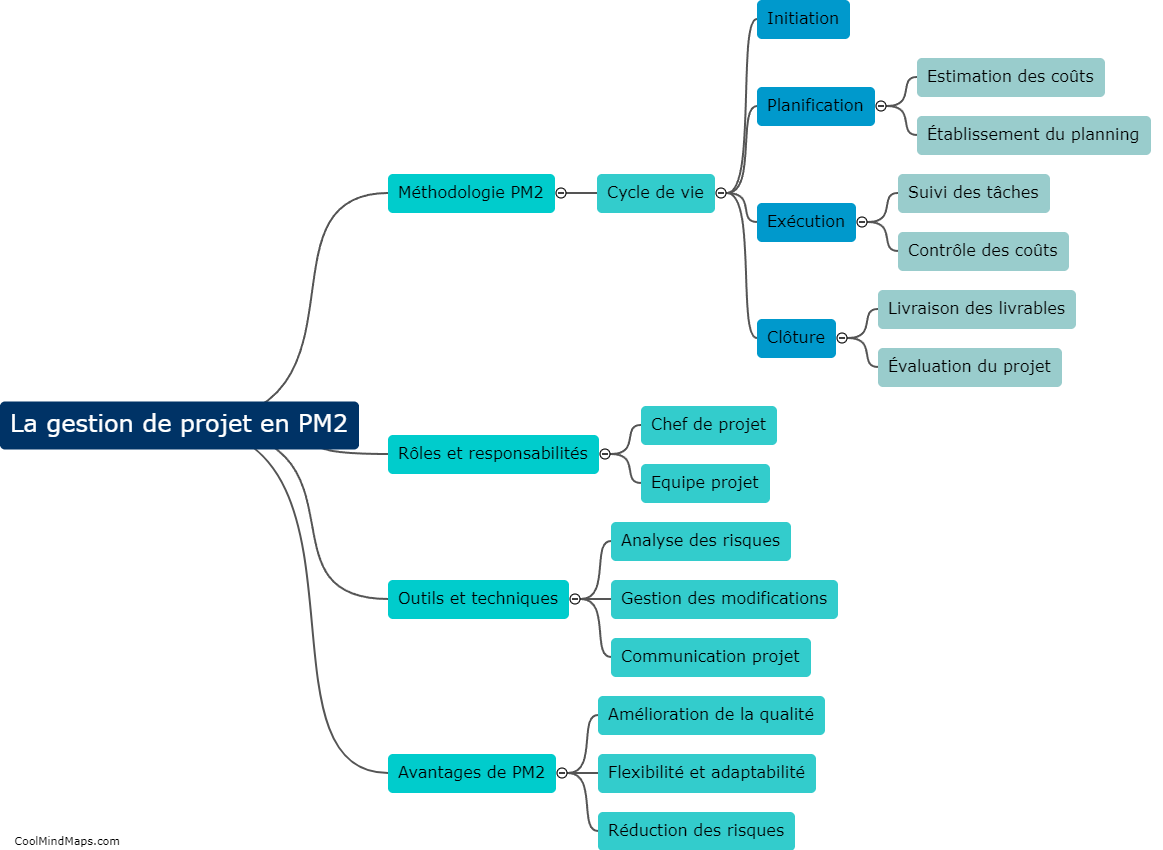How are topological defects formed in geothermal regions?
Topological defects in geothermal regions are formed due to the complex interplay between geological processes and the flow of fluids beneath the Earth's surface. These defects can manifest as faults, fractures, or folds in the rocks and can significantly impact the distribution and behavior of geothermal fluids. One key factor contributing to the formation of these defects is the movement and interaction of tectonic plates. The Earth's lithosphere is divided into several large plates that constantly move, collide, and slide past each other. This tectonic activity leads to the creation of stress and strain in the rocks, which can result in the formation of faults and fractures. When geothermal fluids, such as water or steam, flow through these fractured areas, they further enhance the development of topological defects by eroding the rocks and widening existing fractures. Additionally, the presence of high temperatures and pressure underground can cause rocks to deform and fold, leading to the creation of topological defects. Understanding the formation and distribution of these defects is crucial for the effective exploration and utilization of geothermal resources.
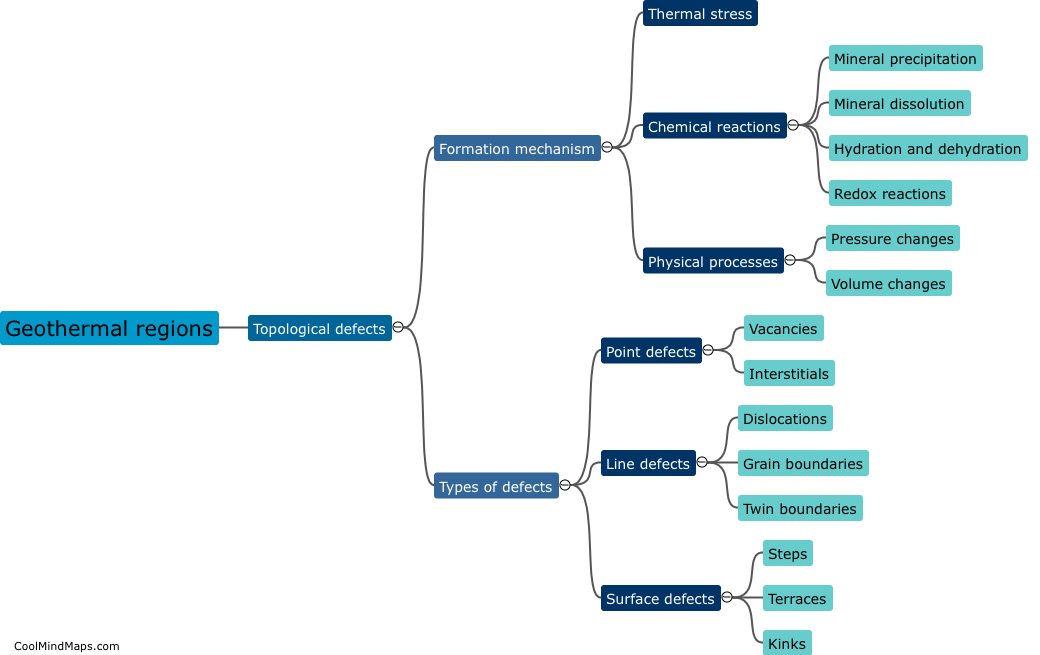
This mind map was published on 6 October 2023 and has been viewed 88 times.



